Noodle Production Line - Chinese Manufacturer, Factory, Supplier
Industrial pasta manufacturing depends on sophisticated noodle production line systems that transform simple ingredients into diverse pasta configurations through precise mechanical processing. These automated installations combine traditional pasta-making principles with advanced engineering to achieve consistent texture, appearance, and cooking characteristics across high-volume production runs.
Flour preparation begins every noodle production line through sifting mechanisms that remove impurities while achieving uniform particle distribution. Pneumatic conveying systems transport flour to storage silos equipped with weight-loss feeders that deliver precise quantities to mixing stations. Ingredient dosing accuracy directly influences final product quality and consistency throughout production cycles.
Dough formation occurs within continuous mixers featuring specialized paddle configurations that incorporate liquid ingredients into flour matrices. These machines develop gluten structures through controlled mechanical energy while maintaining optimal hydration levels essential for proper dough elasticity and workability.
Sheeting operations represent critical phases within any noodle production line where dough passes through sequential reduction rollers that gradually decrease thickness to specified dimensions. Gap settings, roller speeds, and dough tension parameters require precise coordination to prevent tearing while achieving uniform thickness across the entire dough sheet width.
Cutting mechanisms transform continuous dough sheets into individual noodle strands through rotary cutters, reciprocating blades, or extrusion dies depending on desired pasta geometry. These systems maintain consistent strand width while preventing adhesion between adjacent noodle pieces during cutting operations.
Drying represents the most complex aspect of noodle production line processing through multi-stage thermal treatment that reduces moisture content while preserving structural integrity. Controlled atmosphere chambers regulate temperature, humidity, and airflow patterns to prevent case hardening while ensuring uniform moisture removal throughout product cross-sections.
Pre-drying phases utilize gentle heat application that initiates surface moisture evaporation without creating thermal stress gradients. Intermediate drying stages employ higher temperatures with precise humidity control to continue moisture removal while maintaining product flexibility.
Final drying operations within noodle production line systems achieve target moisture levels through extended residence times in temperature-controlled environments. These phases stabilize products for extended shelf life while preventing microbial growth during storage and distribution.
Quality assurance protocols include moisture analysis, color measurement, and cooking quality evaluation through automated testing equipment. Optical sorting systems identify and remove defective products based on predetermined appearance parameters.
Modern noodle production line installations achieve production capacities exceeding 500 kilograms per hour while maintaining consistent cooking characteristics and textural properties that satisfy consumer expectations for premium pasta products across diverse market segments.

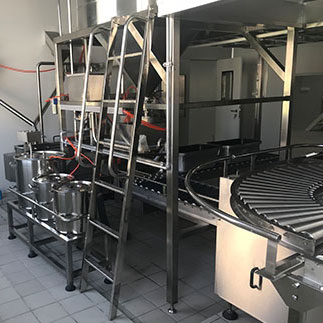 Cold Chain Rice Production Line
Cold Chain Rice Production Line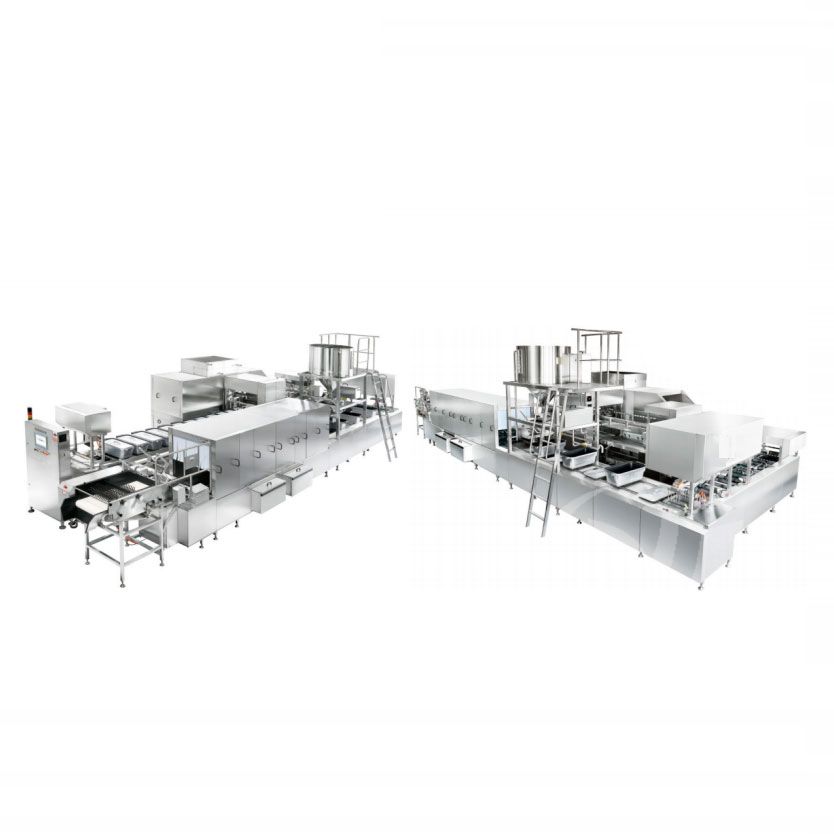 Unmanned Intelligent Rice Production Line
Unmanned Intelligent Rice Production Line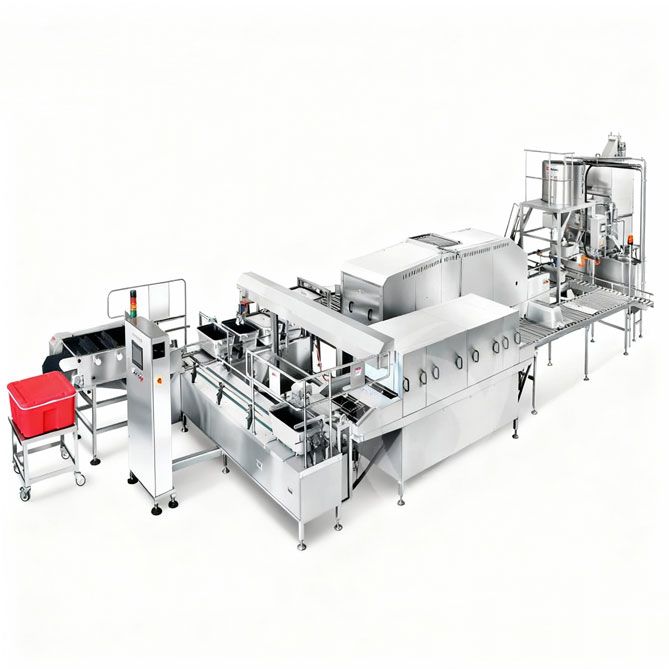 Robotic Rice Production Line
Robotic Rice Production Line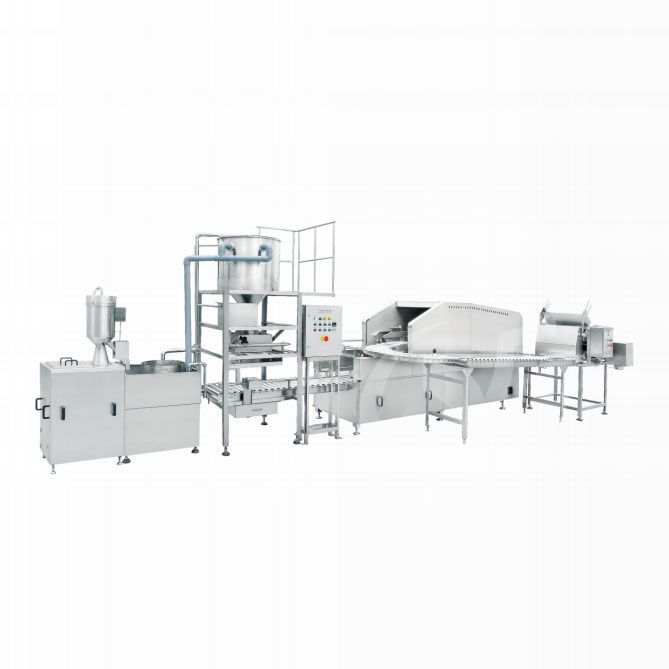 Automatic Rice Production Line
Automatic Rice Production Line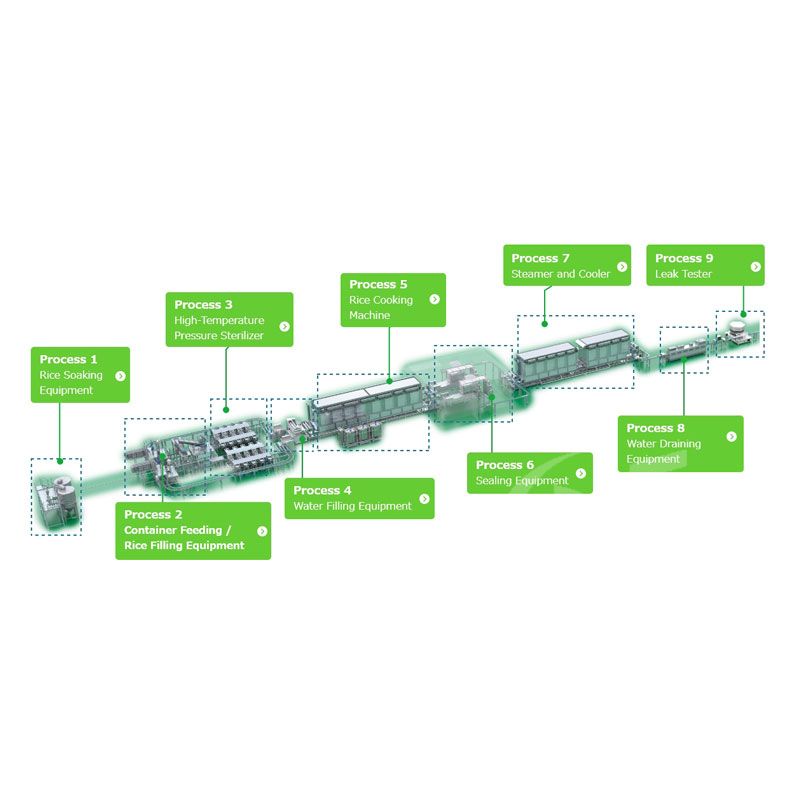 Aseptic Rice Production Line
Aseptic Rice Production Line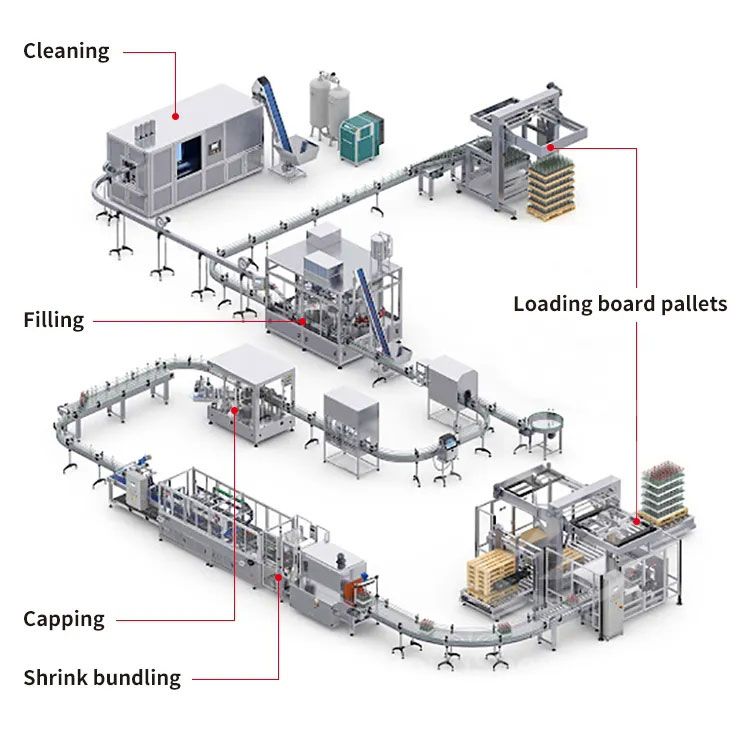 Aseptic Canning Production Line Equipment
Aseptic Canning Production Line Equipment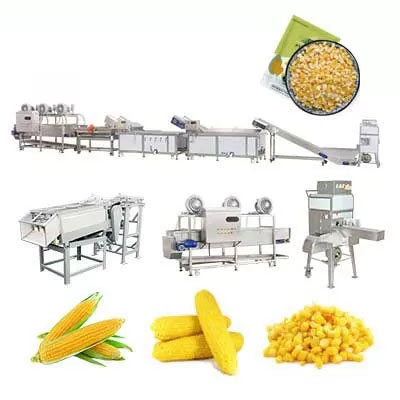 Sweet Corn Canning Production Line
Sweet Corn Canning Production Line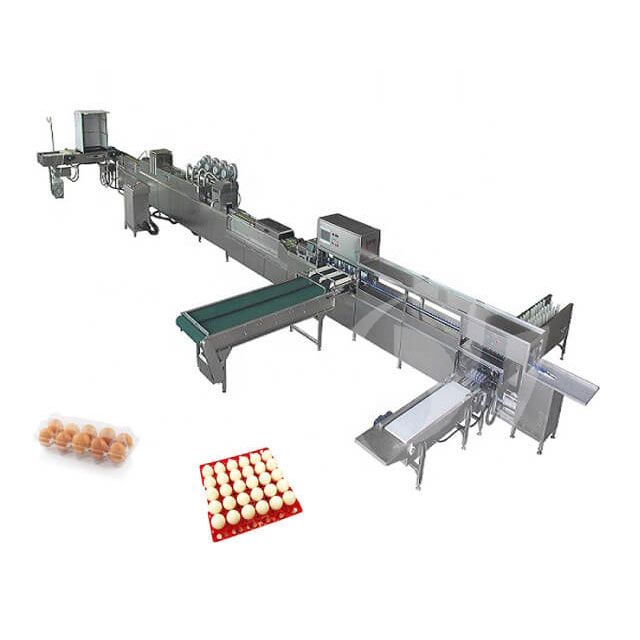 Egg Canning Production Line
Egg Canning Production Line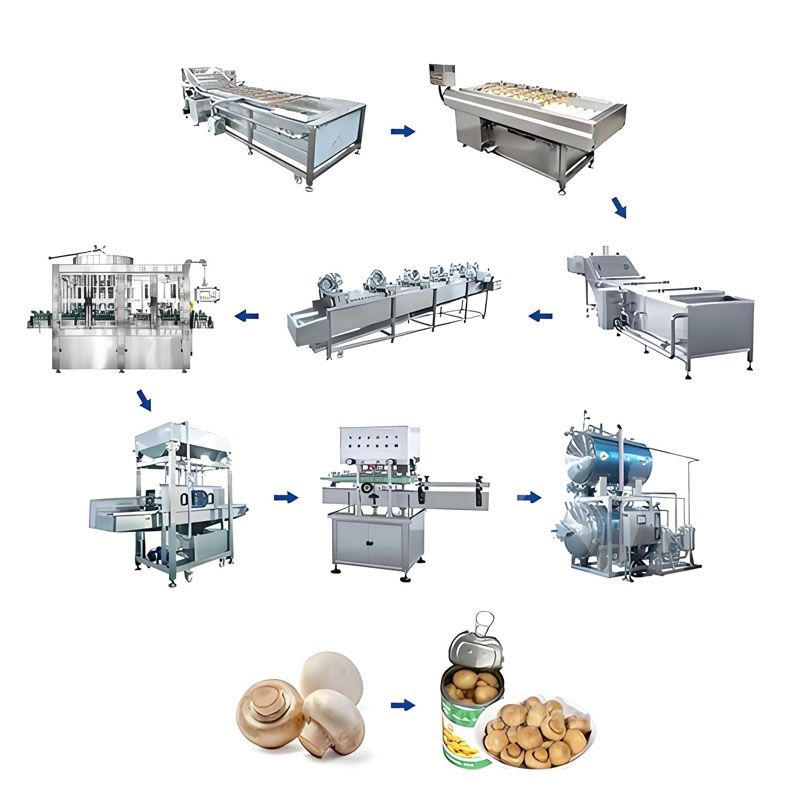 Button Mushroom Canning Production Line
Button Mushroom Canning Production Line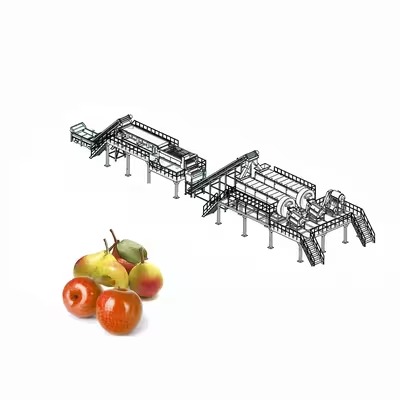 Apple Canning Production Line
Apple Canning Production Line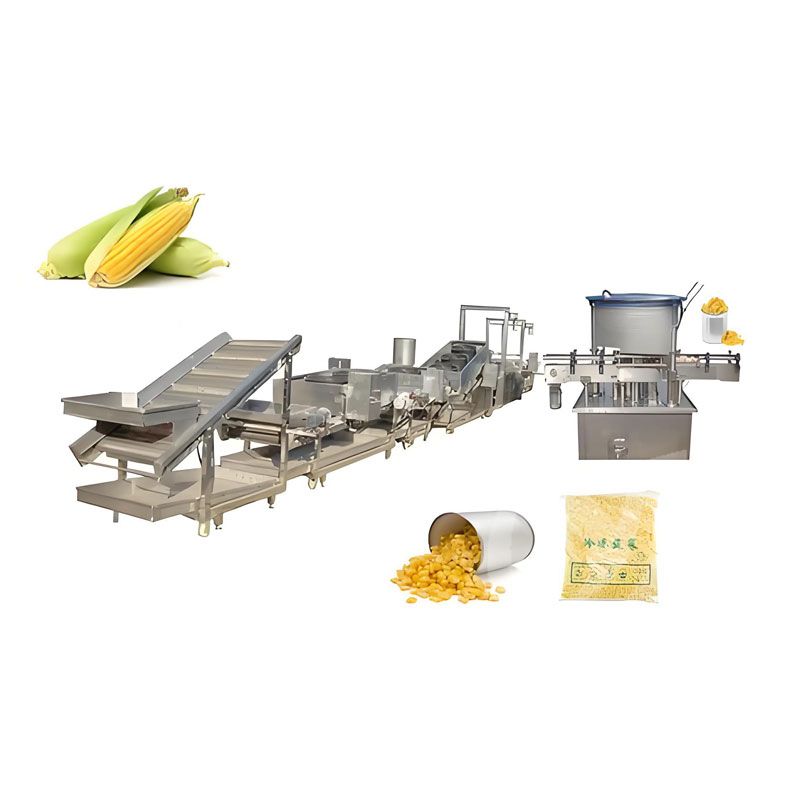 Corn Canning Production Line
Corn Canning Production Line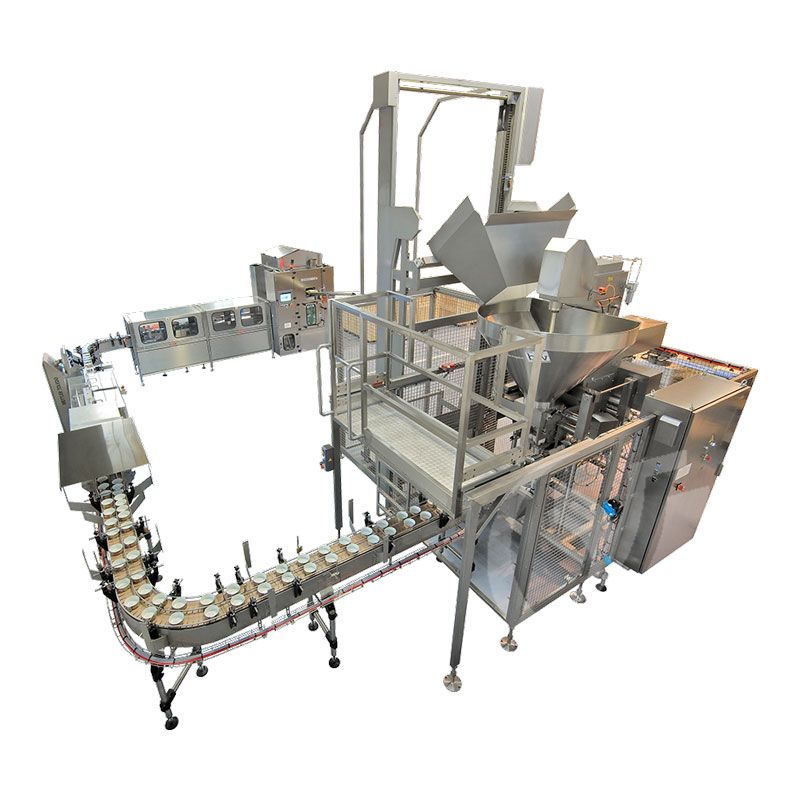 Meat Canned Food Production Line
Meat Canned Food Production Line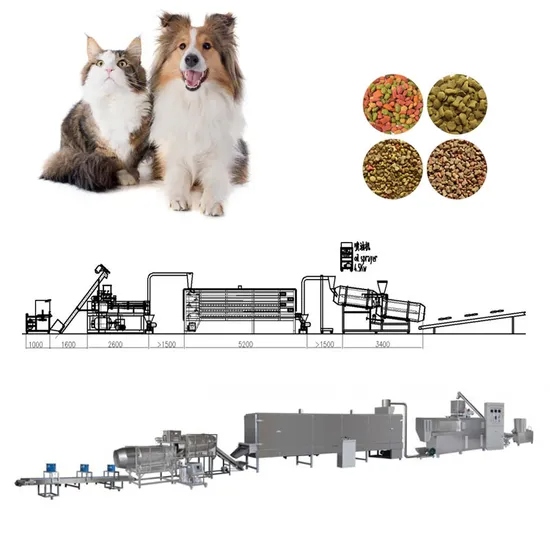 Dry Pet Food Production Line
Dry Pet Food Production Line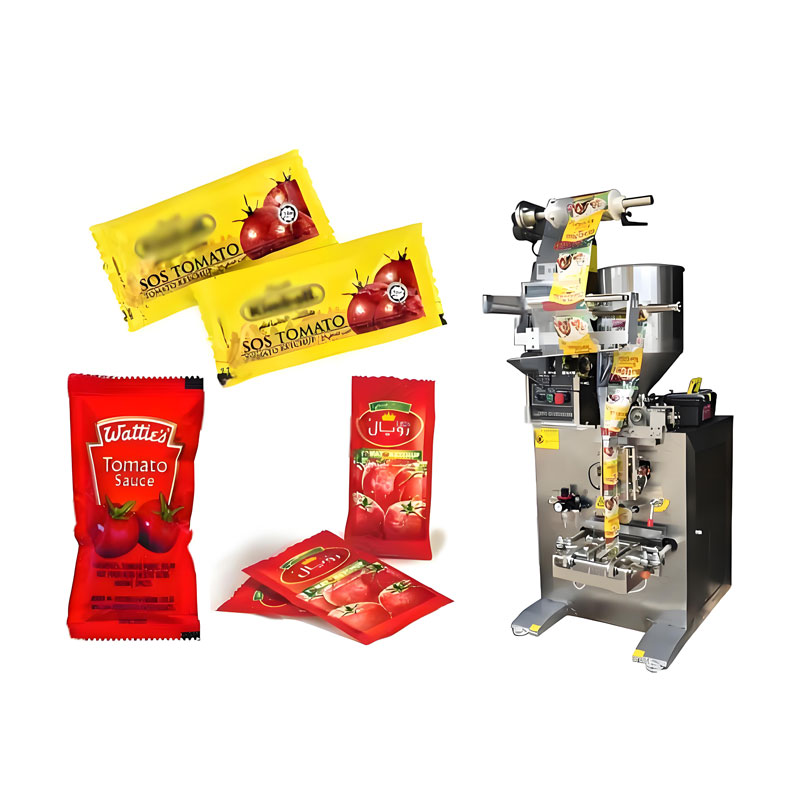 Tomato Sauce Packaging Machine
Tomato Sauce Packaging Machine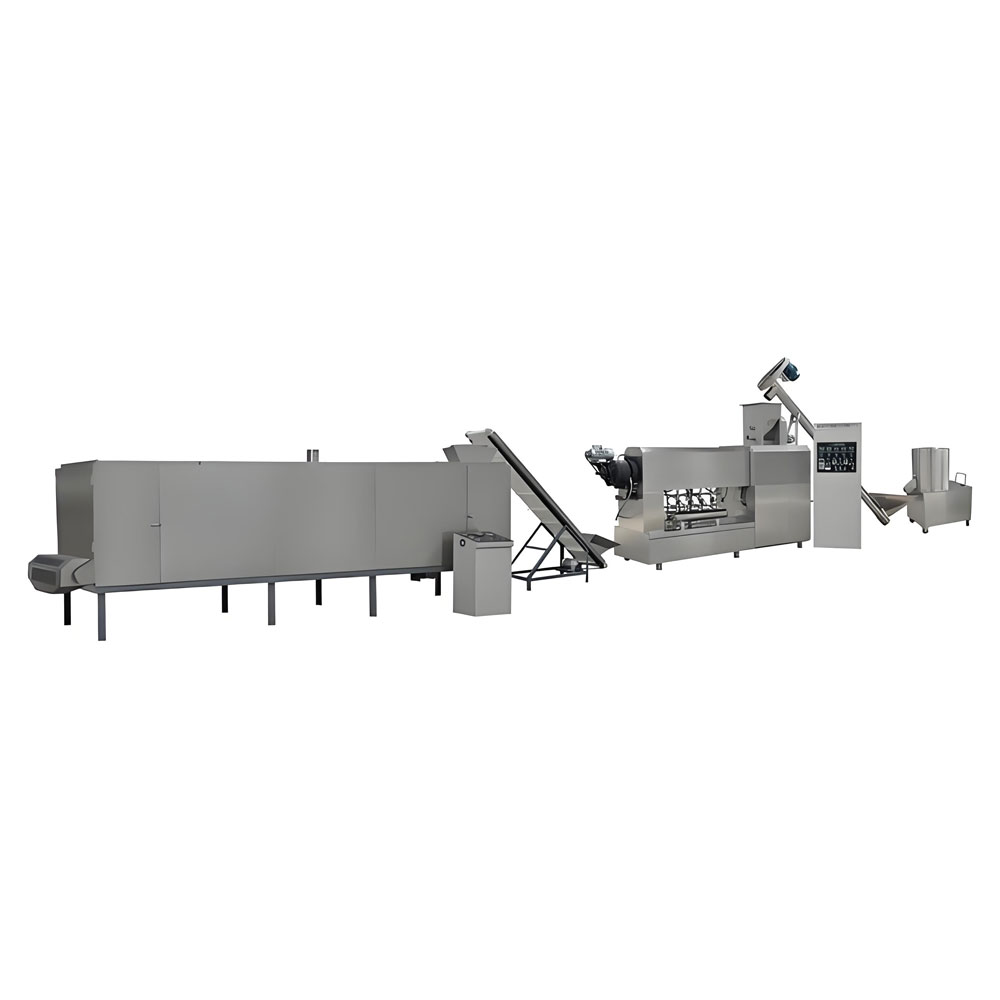 Pasta /Macaroni Making Line
Pasta /Macaroni Making Line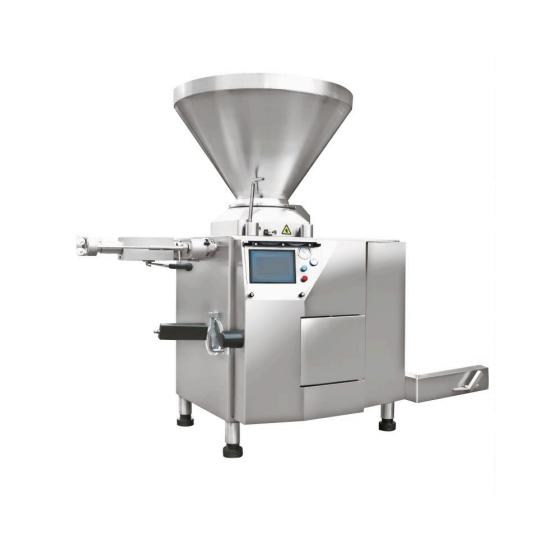 Vacuum Quantitative Filling Machine
Vacuum Quantitative Filling Machine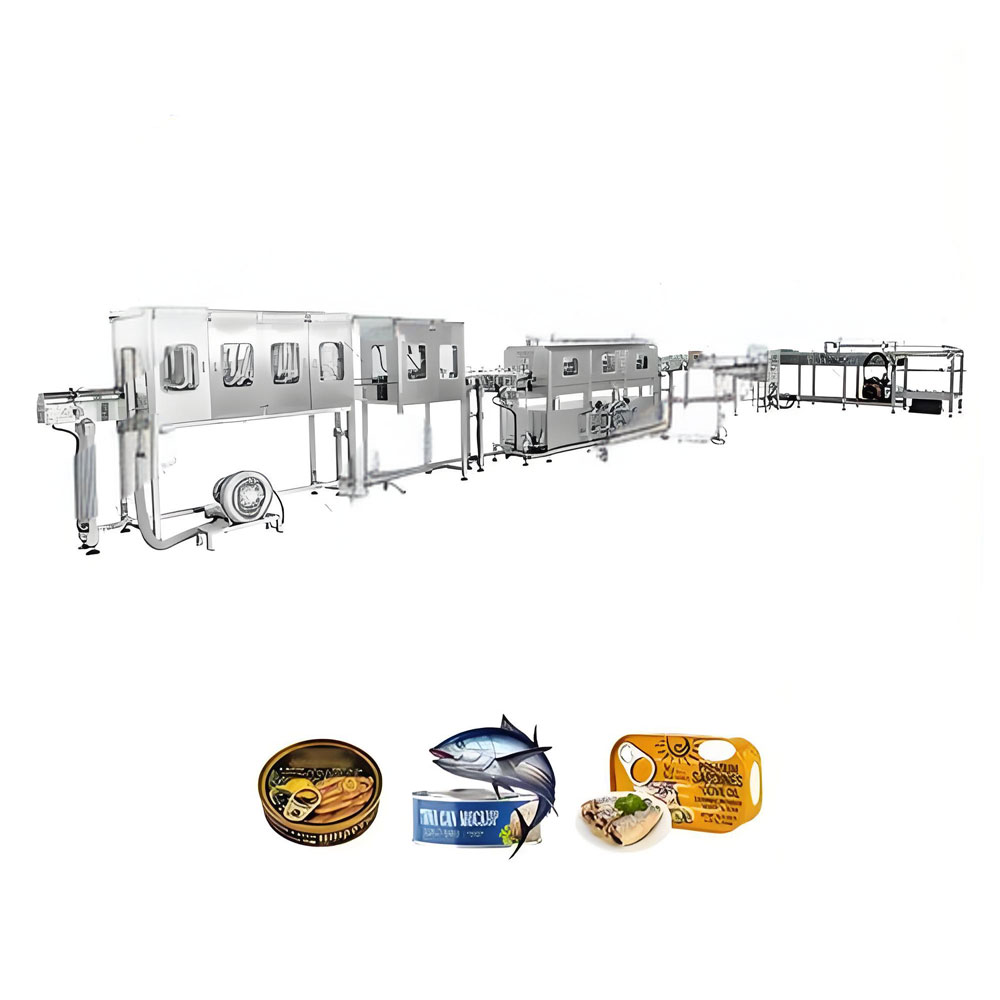 Eel Canned Food Production Line
Eel Canned Food Production Line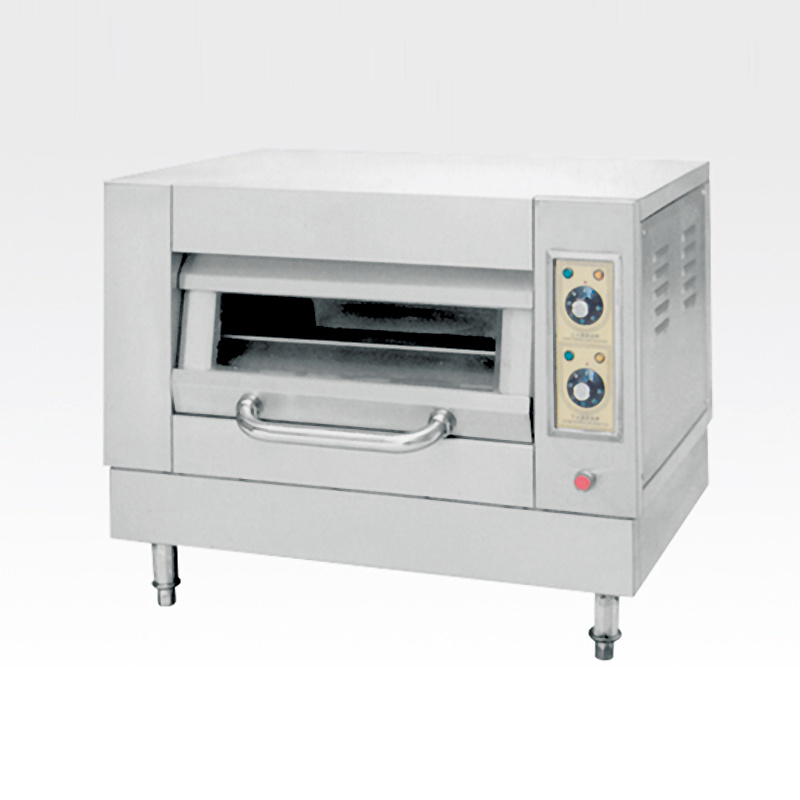 Full-View Electric Oven
Full-View Electric Oven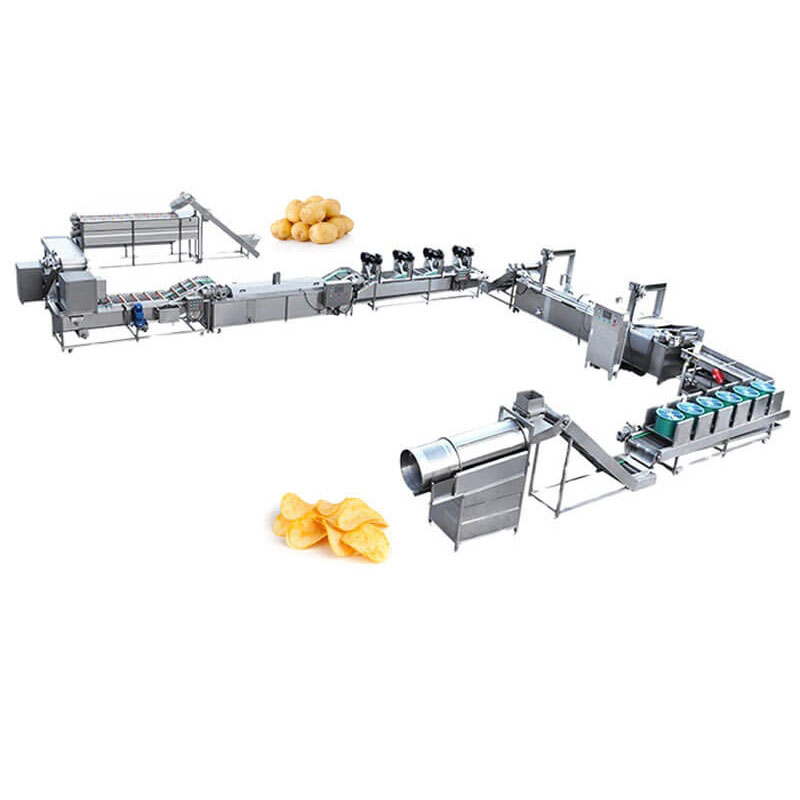 Crisp Production Line
Crisp Production Line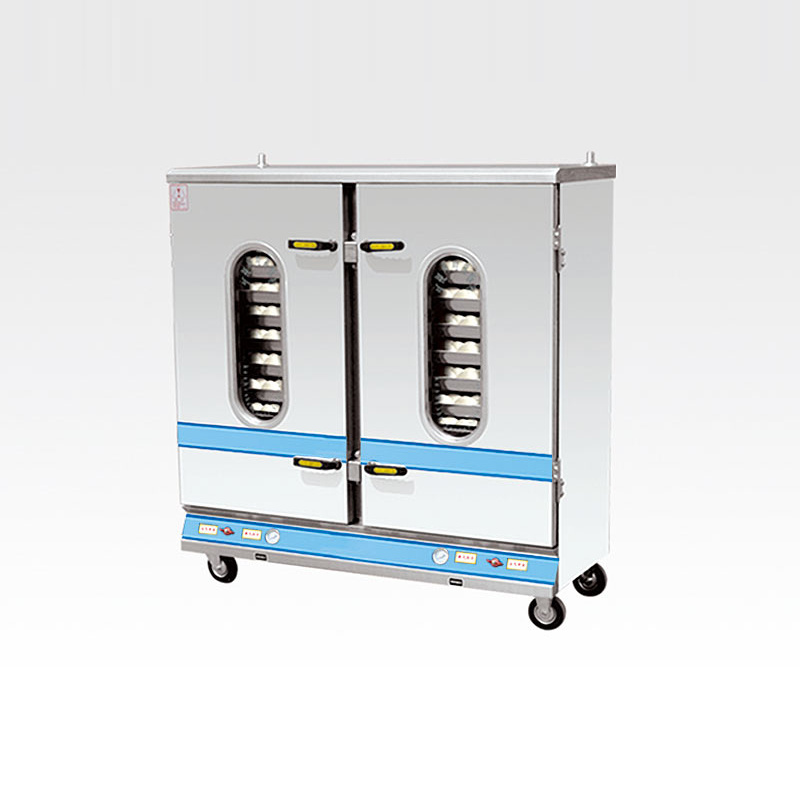 Double-Door Steaming Cabinet with Viewing Window
Double-Door Steaming Cabinet with Viewing Window